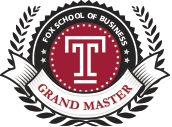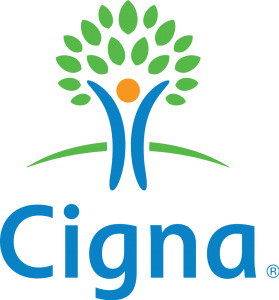Cigna – TECDP Intern/Architecture Specialist
TECDP Internship Overview
The Technology Career Development Program (TECDP) Internship Program at Cigna is an introductory program for the full-time TECDP program. Interns are given individual managers who oversee their daily tasks and projects. Interns also work with other interns on a summer project, in competition with other teams. For interns continuing to work during the semester, their work is solely given to them by their individual manager.
My TECDP Responsibilities and Projects
Summer 2014
I was placed into the Enterprise Architecture department (later named Architecture, Optimization, and Projects), specifically on the Infrastructure Architecture team, led by Bu Yang. Bu put me to work under Tim Gorecki, a member of the IA team responsible specifically for the Middleware domain. Tim introduced me to the Enterprise Archive project, which was a brand new project at the time. I was to begin researching and prototyping a solution utilizing graph database technology that would allow data from disparate data sources to be visualized concurrently in one visualization application. This stage of the project lasted the entirety of the summer internship, as there were lots of products and potential solutions to evaluate and compare.
For my TECDP team project, I served as the Tech Lead for an application dubbed PillowTalk. From the ground up, we built an application that would track a user’s sleep through the Jawbone UP24 wristband and provide metrics. This project required me to gain mastery in technologies I had no prior experience with, such as Angular JS, Node JS, Mongo DB, and REST frameworks. We ultimately did not win the TECDP competition, but we were able to present our application to the CIO of Cigna, Mark Boxer.
Fall 2014
The team asked me to continue working, at 25 hours per week, during the Fall semester, primarily because all of my research and prototyping had made me a pseudo-SME in the field of graph databases. I was shifted from Tim Gorecki, the Middleware Man, to Jeff McCormick, the team member in charge of the data architecture domain. I continued developing a prototype using Neo4J, the most mature graph database currently on the market. We went through many iterations, calling on members of various teams within Cigna IT to provide input on different visualization and graph tools.
Spring 2015
Around the end of January 2015, we had narrowed down our visualization options to only 2, but unfortunately the project was benched for the 2015 calendar year in favor of other data architecture projects. I was partially taken aback by this, only because I had dedicated a lot of time to it, but I was also relieved because the topic began to bore me a little bit. It had gotten to the point where my team’s work was done and we were waiting on other teams to create other pieces of infrastructure for the ultimate solution, so it felt like a lot of waiting and meeting and politics. However, I began work on another project, the consolidation of two data tools. One tool was a visualization that mapped out all of Cigna’s IT products, while the other was a database that did exactly the same. The issue was that the visualization piece was updated manually, so I was tasked with finding a solution that could automatically create a visualization based on the data in the database. Visualizing a database is becoming easier and easier, as more and more tools for just that come out into the market. However, the issue is less with the visualization capability, and more with the format and nomenclature of the data fields in both sources. As of the end of the Spring semester (4/29/2015), I have evaluated both tools and come up with concrete recommendations for a consolidation. I will continue to work on this project (and some new ones) in Summer 2015.
Reactions
I have enjoyed every bit of work I have done so far at Cigna, mostly because of the people I work with. The team has given me a lot of freedom in choosing my own trajectory with these projects. At first, they only gave me little guidance, intentionally, so that I could attack the problems in my own way. I think that was really important. Having ownership of my own projects taught me how to think about project planning and execution. Most importantly, it taught me how to ask for help. Everyone on the team was very excited to have me around, and they were always willing to answer questions. On the Infrastructure team, nobody is new. This team only exists because of the massive experience contained within Bu and all of his team members. I was always surrounded by tons of knowledge and experience, and I felt like I was learning something new every day. Furthermore, these guys are all very passionate about what they do. That’s a notion that I have rarely heard about when talking about big corporations, let alone health services corporations. I’m extremely excited about continuing my work this summer.
As an aside, I’m the only returning intern who is also working in Philly. I will be king of the interns.


